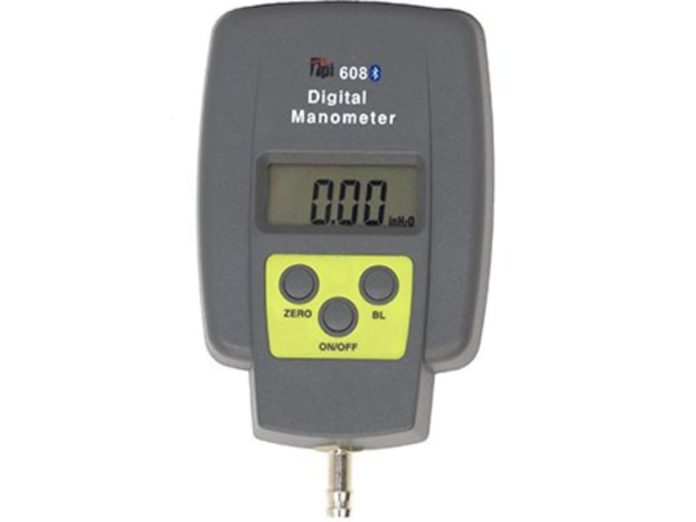Digital manometers can play a crucial role in a number of different businesses and workplaces.
Primarily, this underrated device is used to measure differential points in pressure, typically within heating, ventilation and air conditioning systems. These variable pressure points can impact the performance of these systems, whilst they may also indicate potential leaks or blockages that require urgent attention.
Here are several ways to utilise these devices:
#1. Start with the Basics – Installing New Batteries
Let’s start with the basics; as the installation of new batteries prior to taking a pressure reading guarantees the best possible performance.
This is because the types of battery used in digital manometers can be temperamental, creating a scenario where these units provide incorrect readings that are falsely believed to be correct.
So, try to make sure that you source high quality batteries from a reputable brand, whilst also taking steps to procure a compatible digital manometer from a proven supplier such as RS Components.
This is particularly important when gauging differential pressure in the workplace, as taking accurate readings can help you to determine the right course of action.
#2. The Role of Mandatory Zero Adjustments
When buying a brand new digital manometer, you’ll also need to understand the importance of mandatory zero adjustments.
This refers to the process of using the restore toggle to bring the display back to null, ensuring that the next pressure reading that you take is as accurate as possible.
This is an important step, as digital nanometers may not return to zero immediately after taking a reading. In this instance, the purpose of using this type of device in the first place can be completely undermined, so you should check this before every single application.
With this type of approach, you can check differential pressure in various systems, identifying any issues with heating and cooling as effectively as possible.
#3. The Measurement of Static Pressure
A digital manometer can also be used to measure static pressure. With this type of application, a positive pressure reading implies a level above that of atmospheric pressure, whilst a negative reading suggests a level that’s considerably lower
It’s important to understand this, particularly as the management of static pressure is required in situations where the flow is relatively uniform and stable.
In some cases, insertion tubes may be used to improve the accuracy of the results, but this depends primarily on the type of manometer that you use. In this case, you may need to call out an experienced tradesperson to measure static pressure levels and guarantee accuracy.
#4. Use the Backlight Feature
On a final note, we’d recommend buying a device that comes with an in-built backlight feature for practical use.
This is because pressure readings are often required in environments that are either poorly lit or completely dark, and to be able to work accurately in these conditions you’ll require an external source of light.
When checking your workplace ventilation systems, for example, you may have to work at height and an awkward angle whilst also attempting to take readings in an absence of natural light.
In most cases, this feature will light up a manometer’s screen for a period of around two minutes, so it’s well worth consideration when working in variable commercial premises.






















